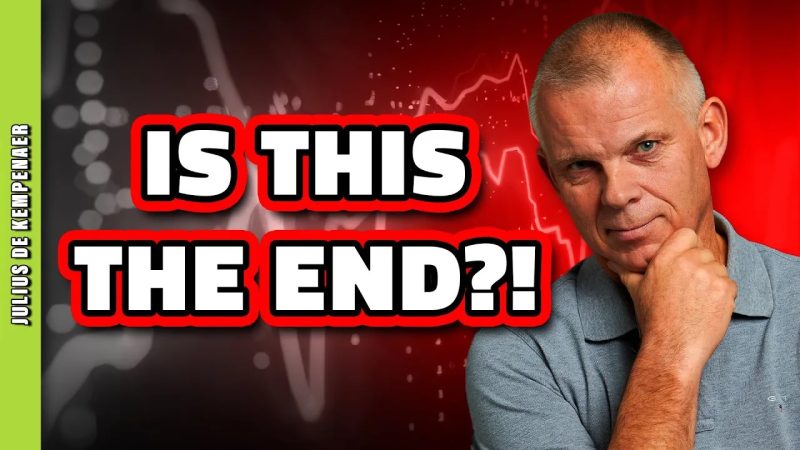Stock Outperformance: A Temporary or Permanent Phenomenon?
The world of investing is a dynamic landscape that is always subject to change. One recent trend that has caught the attention of many investors is stock outperformance. Companies that have been consistently outperforming the broader market have seen their stocks skyrocket in value, generating impressive returns for their shareholders. However, recent signs indicate that this trend may be coming to an end, leading many to question whether stock outperformance is a temporary phenomenon or a more permanent shift.
One critical factor to consider in assessing the potential longevity of stock outperformance is the economic environment. Historically, periods of economic expansion have tended to favor stocks, as growing businesses generate higher profits and attract more investor interest. However, the ongoing uncertainty surrounding global economic conditions, including trade tensions, political instability, and the lingering effects of the COVID-19 pandemic, has added a layer of complexity to the outlook for stock outperformance.
Another crucial aspect to consider is the role of central banks in supporting financial markets. In response to the economic challenges posed by the pandemic, central banks around the world have implemented unprecedented monetary stimulus measures, including near-zero interest rates and massive asset purchase programs. While these measures have provided crucial support to financial markets, they have also raised concerns about potential asset bubbles and the sustainability of stock outperformance in the long run.
Additionally, the rise of environmental, social, and governance (ESG) investing has introduced a new dimension to the stock outperformance debate. Companies that prioritize sustainability and ethical practices are increasingly viewed favorably by investors, leading to higher stock valuations and potentially driving stock outperformance in the long term. As ESG considerations continue to gain prominence in the investment community, companies that fail to meet these criteria may face challenges in sustaining their outperformance.
Technological advancements and the digital transformation of industries are also reshaping the landscape of stock outperformance. Companies that leverage cutting-edge technologies and innovate rapidly have the potential to disrupt traditional business models and gain a competitive edge in the market. As technology continues to evolve at a rapid pace, investors will need to carefully assess which companies are best positioned to sustain their outperformance in the face of technological disruption.
In conclusion, the question of whether stock outperformance is a temporary or permanent phenomenon remains a topic of ongoing debate among investors and market observers. While there are certainly factors that could point to a potential slowdown in stock outperformance, such as economic uncertainty, central bank policies, ESG considerations, and technological disruption, it is essential to remember that the stock market is inherently unpredictable. Investors should remain vigilant, conduct thorough research, and stay informed on market developments to make informed decisions in navigating the ever-changing landscape of stock outperformance.

